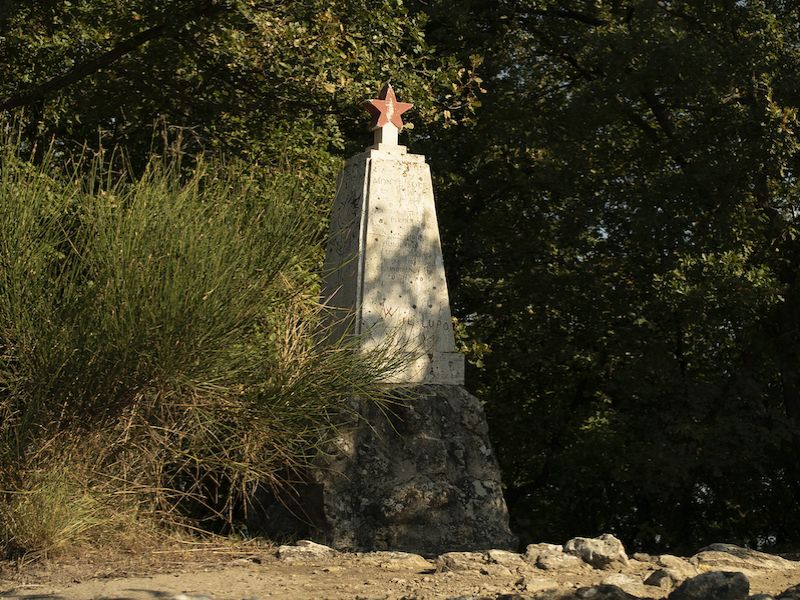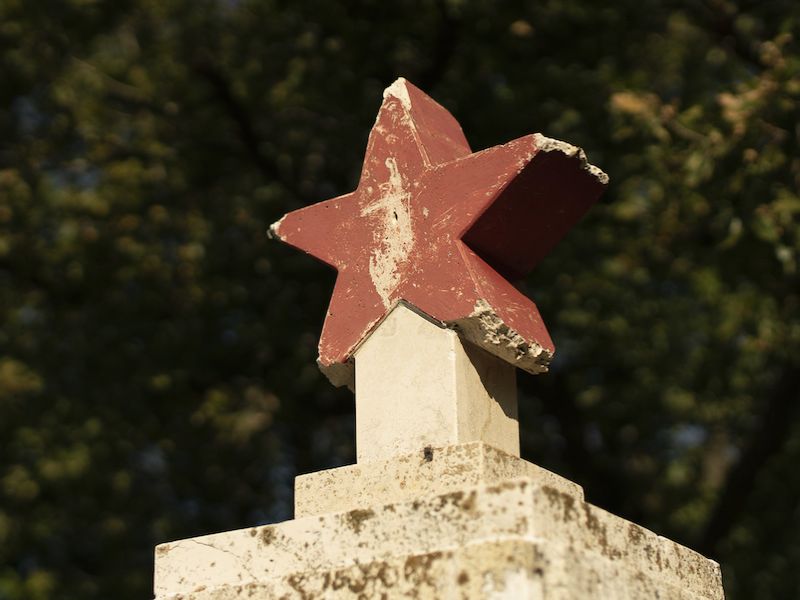Home » Nature and Territory » Parco Storico Regionale di Monte Sole » Protected Area » History and Landscape
The pre-war period and World War II
On the eve of the Second World War, the area of the present-day Parco Storico Regionale di Monte Sole had features common to those of the Bolognese middle hills. The agricultural and forest landscape presented alternating cereal and alfalfa crops in fields separated by sections of trees and grapevines, small vineyards and orchards, primarily for personal consumption, chestnut groves, meadows and pastures in the less fertile areas and extensive forests, especially in the outlying and rugged areas. In addition to cultivating fields, many people raised livestock for human consumption and for help with the heavy farm work.
There were various settlement types, including larger towns in the valley floor (Marzabotto, Pioppe di Salvaro and Vado), where the local economies were related to services and industrial, commercial and artisan activities, isolated settlements scattered in those areas where sharecropping was the overriding agricultural labor system (Caprara, Casaglia and San Martino), inhabited by families involved in agricultural and forestry activities, and the historic ridge-top towns (Grizzana and Carviano), which were surrounded by cultivated plateaus and provided a number of services.
The direct effects of the war on this area began to be felt especially from 1943. After the signing of the armistice between the Italian government and the Allies, made public on September 8 1943, a partisan brigade formed in the area of the Parco Storico Regionale di Monte Sole, as in other parts of central and northern Italy, to fight against the Germans and the fascists. The formation of this brigade, called the Red Star Partisan Brigade, came about during a meeting held in early November 1943 in the church rectory of Vado, attended by the parish priest, Father Eolo Cattani, a number of young locals, including Mario Musolesi, who became the brigade's leader with the battle name Lupo (wolf), and a representative of the National Liberation Committee. The partisans rounded up the first weapons in the tunnels of the Bologna-Florence railway line, where they had been abandoned by Italian soldiers who had disbanded after September 8th. Other firearms were later airdropped by the Allies or captured by the partisans during direct combat with the Germans and fascists. Members of the Red Star Brigade were mainly youth from Marzabotto, Monzuno, Grizzana Morandi and the surrounding towns, plus a significant number of partisans from the city of Bologna and the Po Valley and several allied soldiers who had escaped German capture. Overall, the Red Star Brigade gained the support of the local population, which was directly affected due to the presence of many young locals in the brigade.
For its entire existence, the Red Star Brigade operated almost exclusively within the Monte Sole area, using harassment and guerrilla warfare against the fascists and Germans, mainly along the Setta and Reno valleys. Especially active from the spring of 1944, its tactics included sabotaging telegraph and telecommunication lines, attacking the fascists' military barracks, ambushing German convoys and engaging in armed conflict with the enemies. The Nazi-Fascists responded with ever more brutal roundups, demonstrating complete disregard for human life with their acts of extreme violence, which manifested a brutality for which there could be no justification: the burning of houses, anti-partisan sweeps and deportations, summary executions of dozens of men.
On May 28 1944 the Red Star Brigade suffered a first, massive roundup. The operation was led by the Germans but the National Republican Guard also took part. After ongoing fighting, the Red Star Brigade managed to detach, leaving the area and heading towards Tuscany. A partisan and three civilians were killed, forty-three houses were set ablaze, the Germans went on looting and pillaging sprees, stealing provisions and livestock. Dozens of other civilians were killed by the Nazi-Fascists during the summer.
These acts of violence were compounded by the death and destruction caused by the Allied air raids. Those who were able constructed air raid shelters and many inhabitants from the valley floor and the city of Bologna moved to the slopes of Mount Sole.
2024 © Ente di gestione per i Parchi e la Biodiversità - Emilia Orientale
Piazza XX Settembre, 1 - 40043 Marzabotto (BO)
Tel. +39 051 6701260-6254811 - Fax +39 051 6254521
E-mail protocollo@enteparchi.bo.it - PEC enteparchibo@cert.provincia.bo.it
P.IVA CF 03171551207
Codice univoco per la fatturazione elettronica: UF2KK4
E-mail protocollo@enteparchi.bo.it - PEC enteparchibo@cert.provincia.bo.it
P.IVA CF 03171551207
Codice univoco per la fatturazione elettronica: UF2KK4




